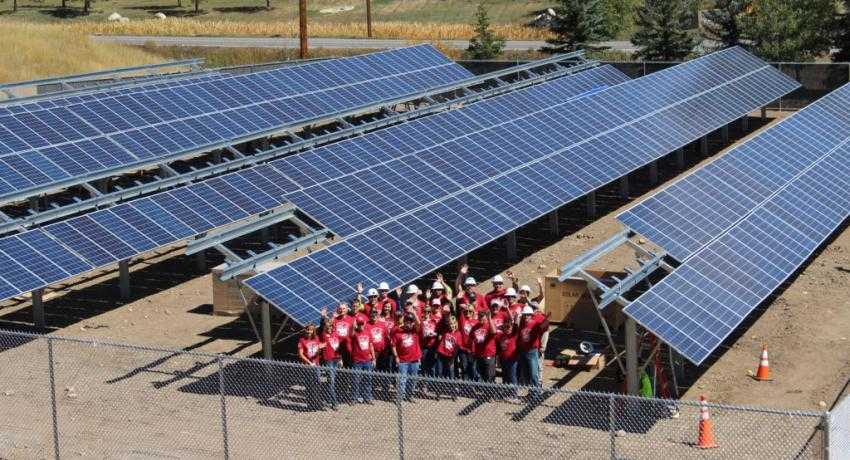Solar Savings Model For Low-Income Residents in Colorado Could be Replicated Nationally
Colorado’s low-income households are being encouraged by their local energy assistance agencies to consider installing solar panels. Using solar power solves two problems at once: a) it reduces GHG emissions which is good for everyone; and b) it brings down the electricity bills of low-income families.
This strategy in Colorado is already making a significant difference for low-income residents. Some of these residents have seen their power bills sink lower by as much as two-thirds ever since they have installed solar panels free of cost on their houses under One Colorado program.
This means they apply that savings to other things (more food, another pair of shoes, faster Internet or Internet access at all, for instance) to help improve their lives.
An Emerging National Model
Colorado is rapidly emerging as a national model for how to bring the benefits of renewable energy to low-income households. The state has pursued low-income solar energy programs since 2015, and is now on track to have 20MW installed by 2019.
This outcome has become possible because of multiple programs involving utilities and philanthropic organizations, which provide community solar arrays and rooftop installations to help residents save money.
One of the keys to success in these programs in Colorado is that a large part of the solar rooftop work is being handled by the regional and county weatherization offices, which already offer various energy efficiency services.
A Logical Move
Arapahoe County (just outside Denver) is one of the foremost examples where one can see the state’s low-income solar projects in action. It is the third most populous county in Colorado and has the reputation of being a trendsetter in providing innovative services.
According to Steve Elliott, manager at the Weatherization Division in Arapahoe County, solar panels were the next logical step in increasing energy cost savings in the area for low-income homes.
The employees of the County identify which families would potentially benefit the most from solar installations, while performing an overall assessment of their energy efficiency needs. Residents who qualify as low-income households are eligible for subsidized rooftop solar panels.
The savings in terms of lower energy costs are projected to be higher than the costs of solar panels over their life. This is a requirement for receiving access to government money. An average rooftop solar system would cost in the range of $10,000. At present, program eligibility applies only to owner-occupied properties, but rental housing can apply to other programs.
According to Donna Garret, who is the administrative supervision at the Arapahoe County Weatherization Division, the focus of the program is to maximize energy savings for users.
Community Solar Projects
There is another Colorado program that pays for low-income consumers to get power from community solar projects. These are shared solar arrays, commonly known as community solar, which aim to offset power costs for the subscribing individuals and businesses. The state law requires developers of solar arrays to allocate five percent of the power to low-income consumers.
Eight community solar projects through the program have come up until now, with nearly 400 low-income customers. Electricity bill savings typically range between 15 and 50 percent at present. When you couple this with those tax cuts coming from DC, the people in Colorado are doing much better right now.
Colorado is clearly emerging as a viable model because the state’s programs are replicable just about anywhere, according to Jeffrey Cook who co-authored a recent report on the state’s programs from the Colorado-based National Renewable Energy Laboratory.




